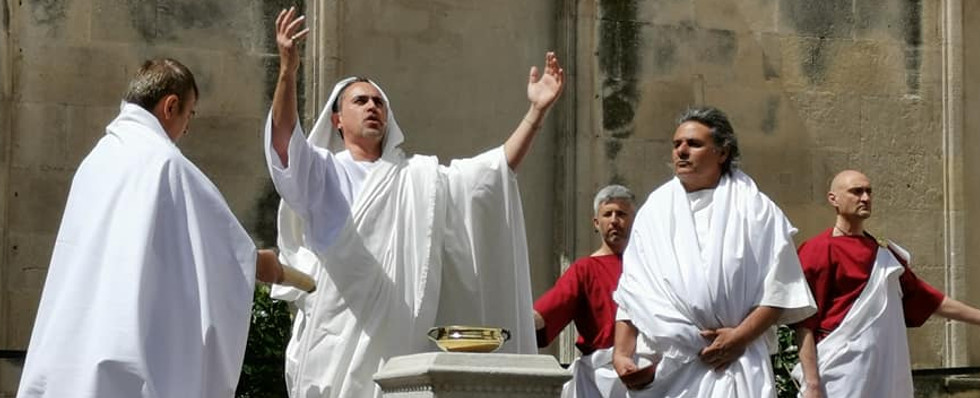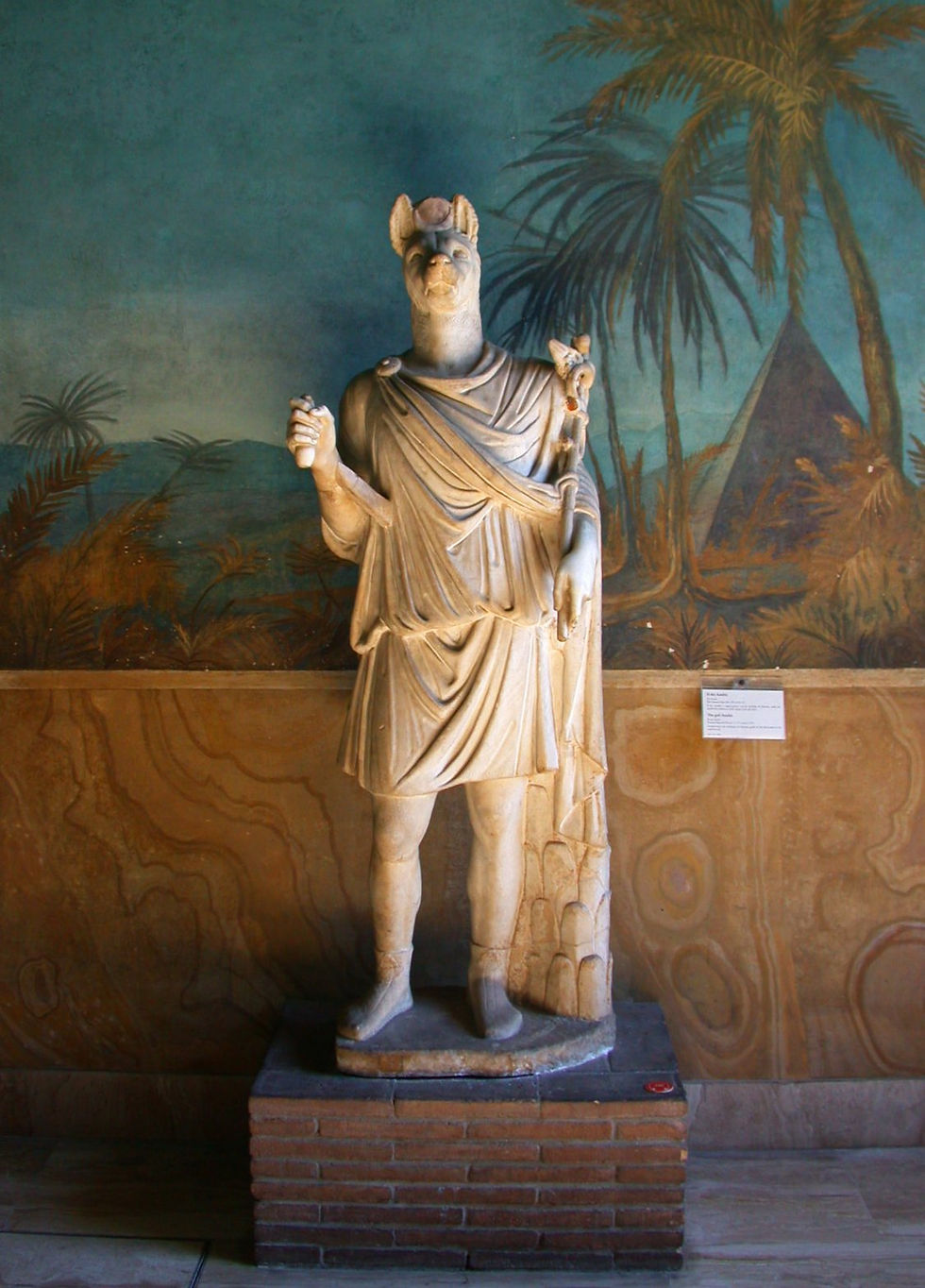The "Bride's Chariot" of Pompeii
- associationenarro
- Aug 10
- 2 min read
In 2021, a spectacular archaeological discovery was made in the ruins of Pompeii, specifically in a villa north of the city called Civita Giuliana. Almost 2,000 years after the eruption of Vesuvius, archaeologists unearthed a large, remarkably well-preserved ceremonial chariot. This artifact, found in a near-intact state, offers a fascinating glimpse into the lives of the Roman elite, their craftsmanship, and their rituals.
Found in a room just steps away from the stables where the remains of three horses were discovered, the chariot immediately raised many questions about its use. Archaeologists had to conduct meticulous work to excavate it. Using casting techniques, they were able to stabilize the mineralized wood and metal fragments. The restoration revealed a large four-wheeled chariot, decorated with bronze, tin, and erotic scenes.
Source : Parco Archeologico di Pompeii via YouTube
A Ceremonial Function
The chariot was not a simple means of transportation. Its lack of wear and tear and its lavish decorations indicate that it was used for ceremonies or processions. The erotic scenes and depictions of mythological figures like Cupid and Bacchus led experts to a fascinating hypothesis: it was likely a pilentum, a ceremonial chariot used for special occasions, particularly for weddings. It may have served to transport a bride during her procession to her new home, hence its nickname, the "bride's chariot."
This interpretation is reinforced by the discovery of two other pilentum-type chariots in Thrace and Macedonia, as well as by the writings of Roman authors who mention the use of this type of chariot for goddesses and women from elite families.
A Unique Testimony
The "bride's chariot" is the first of its kind to be found in such a state of preservation. It is a unique and exceptional testimony, not only to Roman craftsmanship of the era, but also to the rituals and customs of Pompeii's high society.
Its near-perfect state of preservation, protected by volcanic ash, allows us to study in detail an object that would have otherwise disappeared. It's the kind of discovery that, much like the Relitto del Pozzino, enriches and sometimes upends our knowledge of the ancient world. After a long restoration, the chariot is now a centerpiece of the Archaeological Park of Pompeii, accessible to the public.




Comments